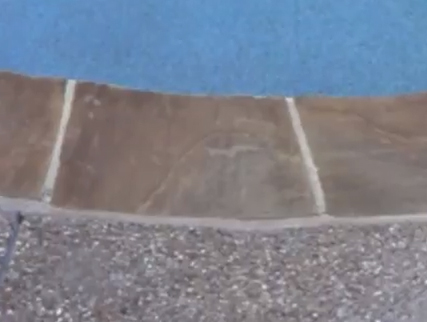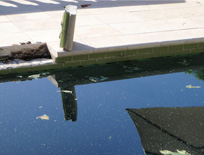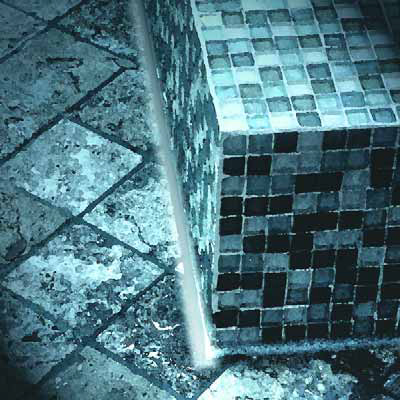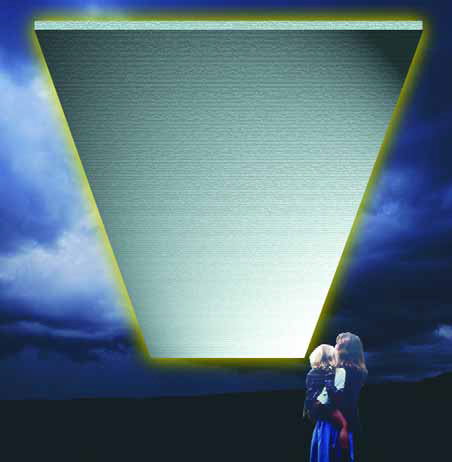expansion joints
Deck-O-Seal (Hampshire, IL) produces HS-1 SL, a one-part, self-leveling joint sealant for horizontal expansion joints…
It’s a case of familiarity breeding neglect: Pool and deck contractors work with so much mastic through the years that it’s easy for them to take this wonderful material for granted. And that’s a shame, because I’ve run into plenty of clients who are plainly interested in learning what function these rubbery joints serve and why they’re a necessary part of the package. The video linked below offers an
Deck-O-Seal (Hampshire, IL) offers information on Deck-O-Foam, a non-staining, chemical-resistant, ultraviolet stable, non-absorbent, low density,…
"A smart man learns from his own mistakes, a wise man learns from the mistakes of others." If you follow that Latin proverb, then you might conclude that the watershaping industry is populated by a fair number of smart people and a few wise ones. There are others out there, however, who
Oftentimes, I end up wanting to use irregularly shaped or large, dimensional stones as a coping for my clients’ pools and as a veneer in finishing their decks. I know in doing so, of course, that the deck and its stone veneer must be isolated from the pool structure and the coping. I also know, of course, that random or dimensional stone generally doesn’t conveniently follow the isolation joint around the back edge of the bond beam. Nor, for that matter, will the stone pieces used in the deck align with
Sometimes, it's the simple things that trip you up. As a case in point, I was recently called by a homeowner who was wondering why the tile was falling off the outside wall of a raised pool that had just been installed by another builder. Unfortunately, that builder apparently hadn't known how to pull off this standard detail. The pool had been raised eight inches out of the ground in keeping with the design intent. This is a detail I use frequently to create a seating area around pools, but I was a bit mystified by this particular choice of elevation: It was too high to be a step (most building codes call for maximum 7-1/2-inch outdoor risers) and too low to serve very well as a bench. (Actually, it was just about right for
If you're a watershaper of any kind, odds are that you build concrete slabs. You build them to create decks, set up equipment pads, establish sub-bases for finish materials - and for a variety of other essential construction purposes. No matter the application, it's important to build these slabs to last, which invariably means building them correctly. This isn't something that's important just for mega-buck projects: No matter whether you're working on $20,000 cookie-cutter pools or on custom projects at the very highest level, knowing how to





















